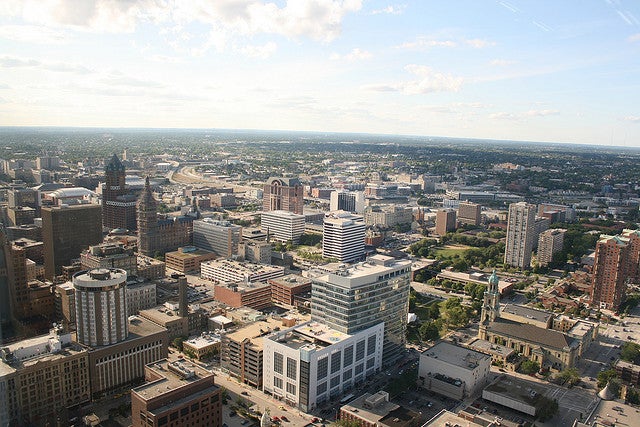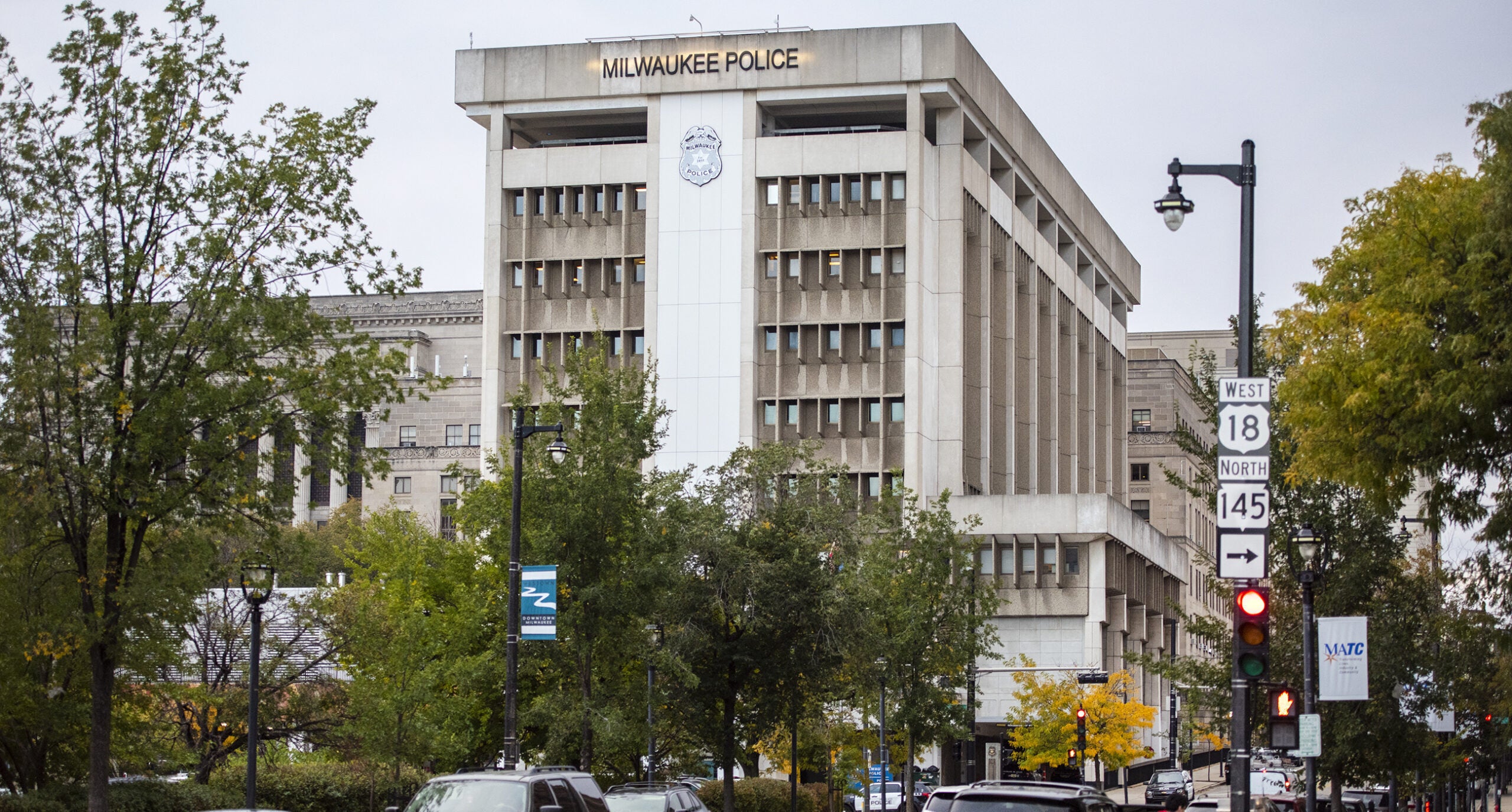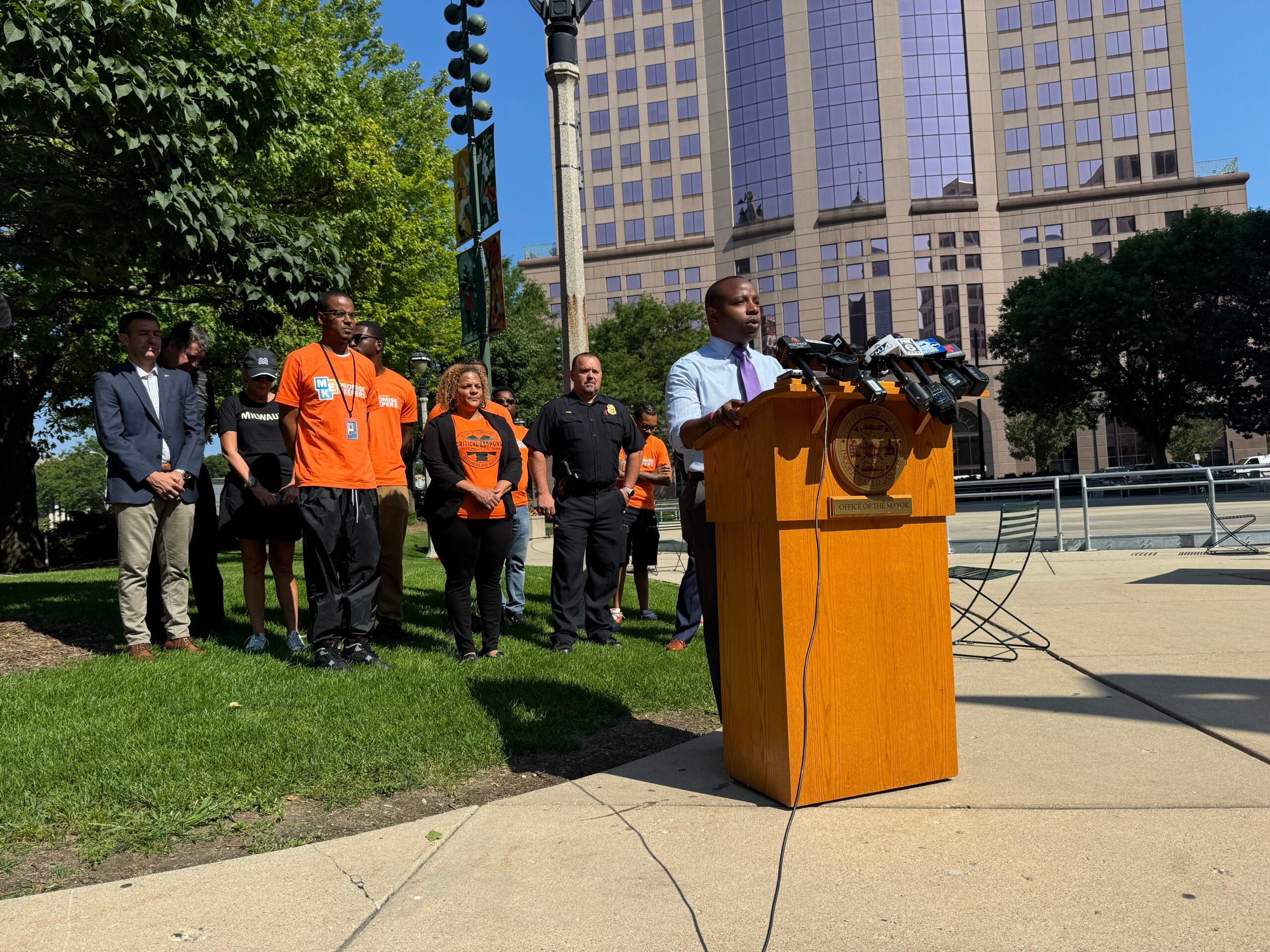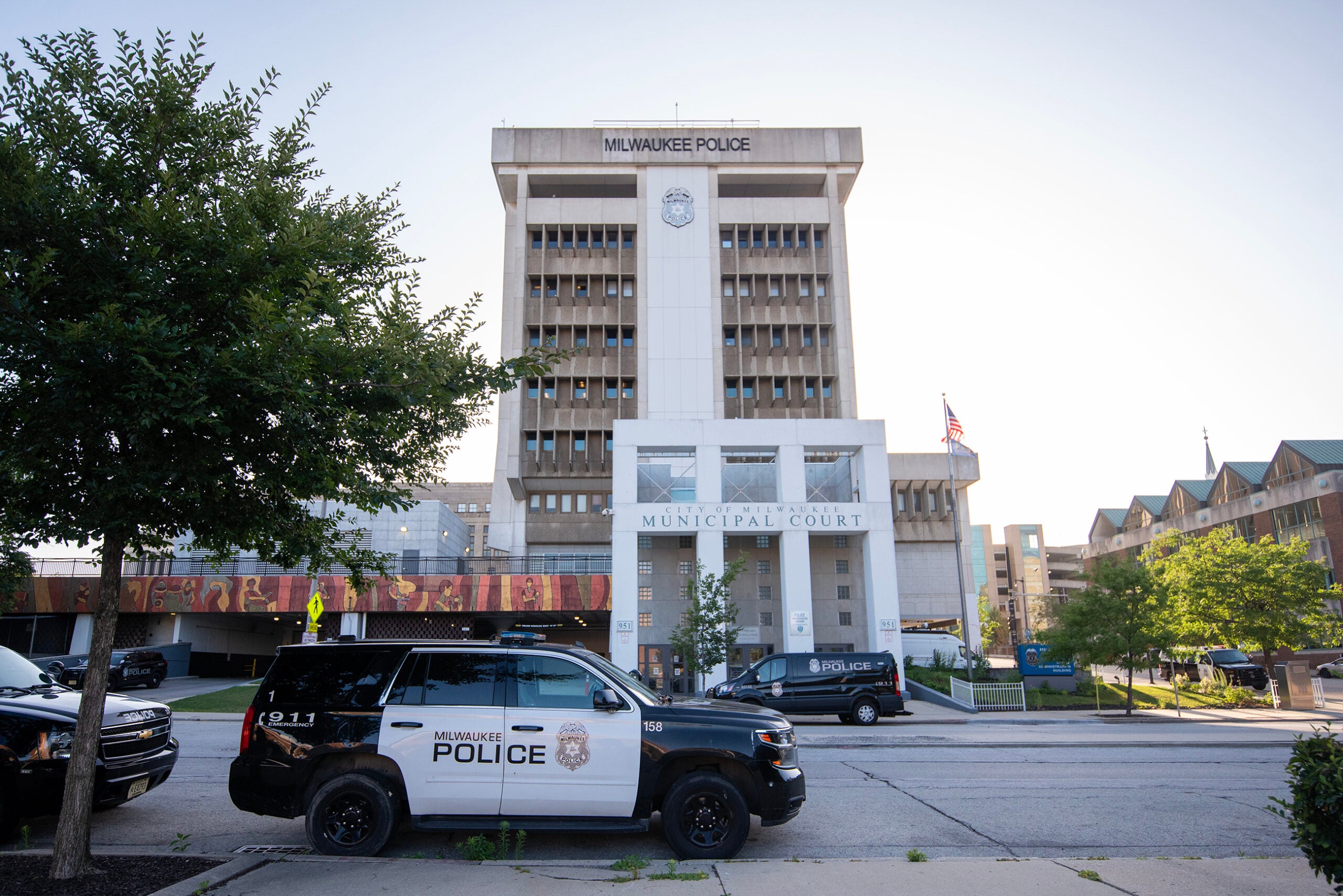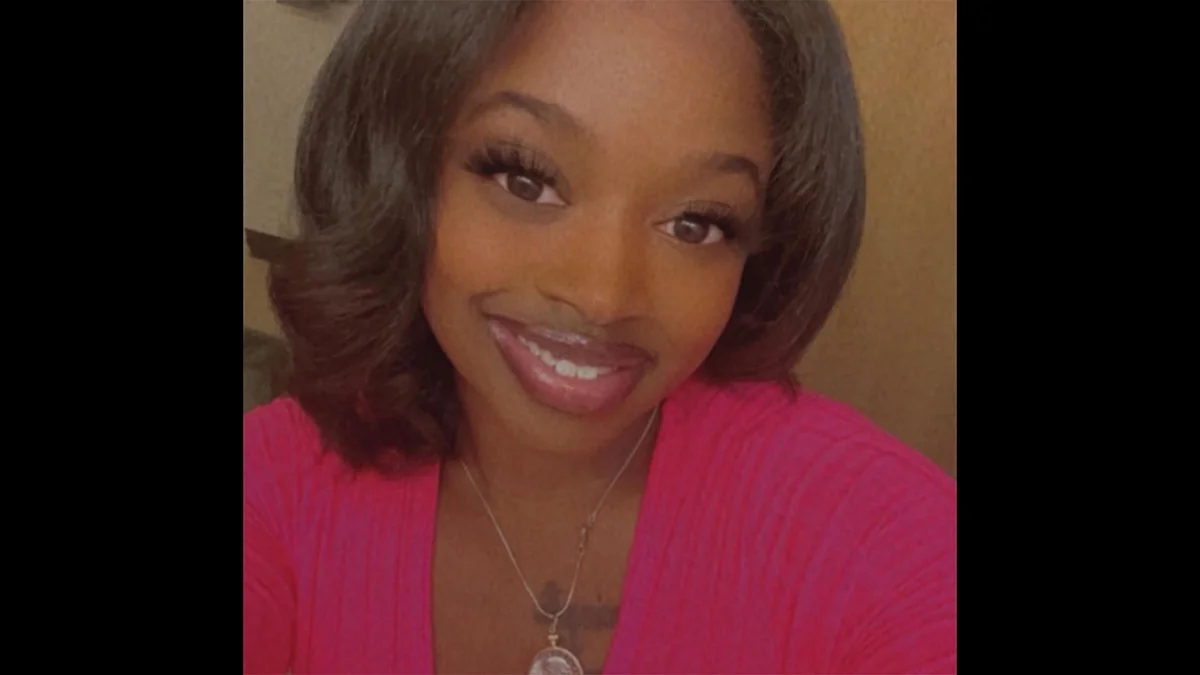The number of homicides in Milwaukee dropped about 15 percent in 2017 compared to last year. Still, 118 people were killed in the city as of Friday morning, mostly from gunfire, according to the Milwaukee Police Department.
Law enforcement officials say they hope they’ve found a way to keep the number of murders down. But there’s caution in the community, because a lot of things can affect the homicide total.
Young African-American men continued, by far, to make up the majority of victims. The Milwaukee Police Department says about 80 percent of those killed were black males and 70 percent were between the ages of 10 and 40.
News with a little more humanity
WPR’s “Wisconsin Today” newsletter keeps you connected to the state you love without feeling overwhelmed. No paywall. No agenda. No corporate filter.
One of the youngest victims was 16-year-old Emani Robinson, who was caught in a crossfire outside a grocery store.
“He was funny; he had a big heart,” recalled Robinson’s mother, Latasha Davis, during a neighborhood vigil in July. “He helped everybody. His smile was contagious. He loved to dance, and that’s exactly what I’m going to miss about all of it.”
Two men were eventually arrested in connection with the case, and their courtroom trials are scheduled for next year. But police say a third man who was allegedly part of the gunfire has not been located.

The community vigil in July for Emani Robinson, included this prayer circle.Chuck Quirmbach/WPR
In another high-profile killing, still winding through the court system, a Milwaukee city housing inspector, Greg Zyszkiewicz, was shot in March during an attempted carjacking.
After three young men were charged with shooting the city employee, nicknamed “Ziggy”, Milwaukee Mayor Tom Barrett called it a very difficult time.
“This is still a personal nightmare for Ziggy’s family. It’s still a personal nightmare for the city family, and for all people in this community who want this to be a better city,” Barrett told news reporters.
Even as the number of homicides dropped this year, there could have been far more homicides in Milwaukee. The Police Department says the number of non-fatal shootings in the city actually went up in 2017 by about two percent, to 557, as of Friday.
But Police Chief Ed Flynn said the number of shootings and other violent crimes went down this fall in part of the city where officers conducted a traffic enforcement surge. He said a similar effort will start next month.
“We believe we can sustain this responsibly, and we’re going to undertake to do that while we develop longer-term plans to make this part of our interventions,” Flynn said at a recent news conference.
Barrett said there are other initiatives coming by spring as part of a “Blueprint for Peace” plan developed by the city’s Office of Violence Prevention.
The mayor said one program will use so-called interrupters in troubled neighborhoods.
“These are not police officers. These are people who are trying to make sure that we are dealing with problems they find out about before it reaches the point of violence. So, to stop it, before it escalates,” Barrett told WPR.
Barrett said he also worries about other factors that may be linked to homicide such as the ongoing opioid crisis and what he calls the easy availability of guns.
Milwaukee Common Council member Terry Witkowski is vice-chair of the Public Safety Committee. He also points to drug crime as leading to violence.
“This does need to be addressed. It’s not only law enforcement. But it has to be the community. It has to be treatment and it has to involve people’s support system, their family,” Witkowski said in an interview.
This year’s Milwaukee homicide victims will be remembered Saturday, Dec. 30, at an annual event called “Milwaukee Lights a Candle For Change,” held at Our Savior’s Lutheran Church.
Rev. Patrick Keen is pastor at the church and will speak at Saturday’s event. He said he hopes violence can be reduced more by going beyond police, guns and drugs, and focusing on improving the quality of life.

Rev. Patrick Keen, of Our Savior’s Lutheran Church, will lead Saturday’s vigil for Milwaukee homicide victims.Chuck Quirmbach/WPR
“Right now, we say that the biggest problem in Milwaukee is violent crime, and my response is, ‘that’s a damned lie.’ It’s the result of other problems. The number one problem is probably education, then employment, then housing, then transportation,” Keen said.
He urged governments to address those issues. But while waiting for what may take years, the pastor said he tries to reach individuals with a message of nonviolence.
“It’s on us. If we want to see a difference, we can make the difference, by being the difference,” he said.
Wisconsin Public Radio, © Copyright 2025, Board of Regents of the University of Wisconsin System and Wisconsin Educational Communications Board.

